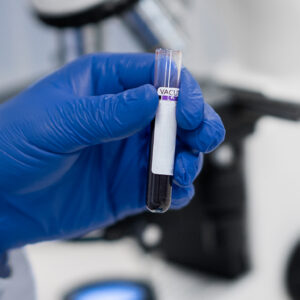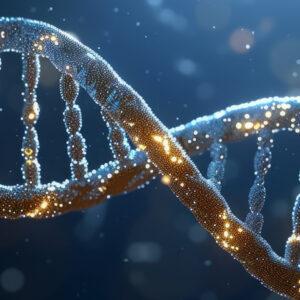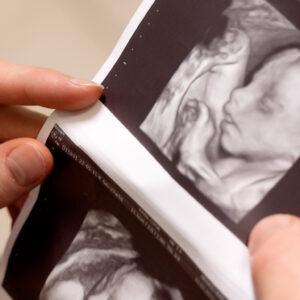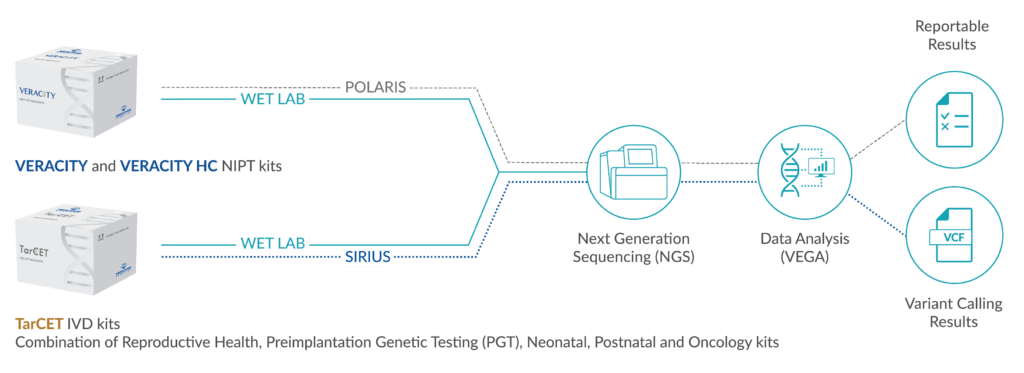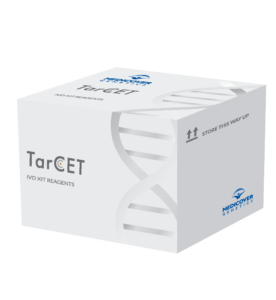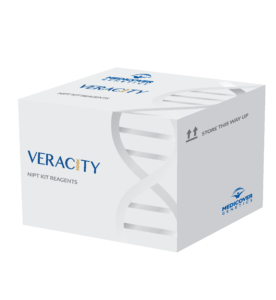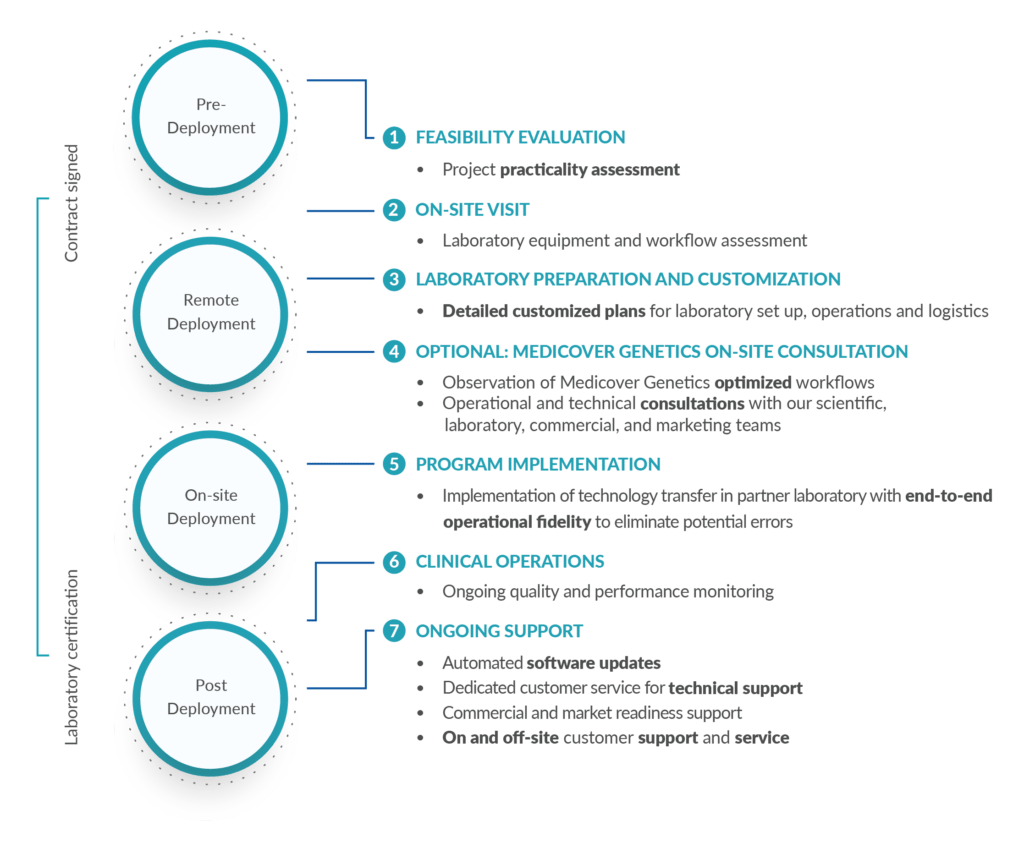Familial Hemiplegic Migraine (FHM) is a rare (prevalence approximately 1:10,000) monogenic form of migraine. Since 2004, the criteria of the International Headache Society have included FHM with forms of migraine with aura. The aura can include visual, sensory and speech disorders, but FHM is accompanied by a motor disorder in the form of reversible hemiparesis, which can last longer. In 20-40% of families, additional cerebellar symptoms such as progressive mild ataxia and/or nystagmus have been reported. By definition, the familial form requires at least one other first-degree relative with the disease.
The aura is presumably caused by CSD (cortical spreading depression), a depression wave that spreads slowly through the cerebral cortex and temporarily inhibits other neuronal activity. The actual headache is said to be caused by an activation of the so-called trigeminal vascular system (TGVS). Therapeutically and prophylactically, drugs can be used in the same way as for migraine. Triptans and other vasoconstrictive substances should be avoided.
So far, pathogenic variants associated with familial hemiplegic migraine have been identified in three genes. These genes (CACNA1A, ATP1A2 and SCN1A) encode either components of ion channels (CACNA1A and SCN1A) or a Na+-K+-ATPase (ATP1A2). Thus, FHM belongs to the group of ion channel diseases. Since pathogenic variants in these genes have not been detected in all families, it is suspected that there exist other rarer forms (FHM4-6). The sporadic form (SHM) is explained by dominant new mutations or reduced penetrance. Depending on the population studied, either no or only very rarely were pathogenic variants identified in the known FHM-causing genes in SHM. Since the forms do not differ much clinically, the molecular genetic clarification of these three genes using next generation sequencing (NGS) allows the investigation of the three genes in one sequence run.
FHM shows clinical, genetic and pathophysiological overlaps with epilepsy and other neurological diseases. Pathogenic variants in the three genes have also been described as the cause of epilepsy, for example, the SCN1A gene as the cause of Dravet syndrome or generalized epilepsy with febrile seizures plus (GEFS+). Due to autosomal dominant inheritance, there is a 50% risk of recurrence for offspring of carriers of pathogenic variants.
References
Pelzer et al. 2018, Neurology 90:e575 / Huang et al. 2017, Neuropsychiatr Dis Treat 13:1175 / Zameel Cader 2013, Hum Mol Genet Oct 15;22(R1):R39-44 / Di Lorenzo et al. 2012, J Headache Pain 13:571 / Weir et al. 2011, BMC Med 9:16 / Russel 2011, Lancet Neurol 10, 5:457 / Pietrobon 2010, J Physiol 588.11:1871 / de Vries et al. 2009, Hum Genet 126:115 / Haan et al. 2007, Cephalalgia 28:105 / Kubisch 2007, Med Gen 19:330








